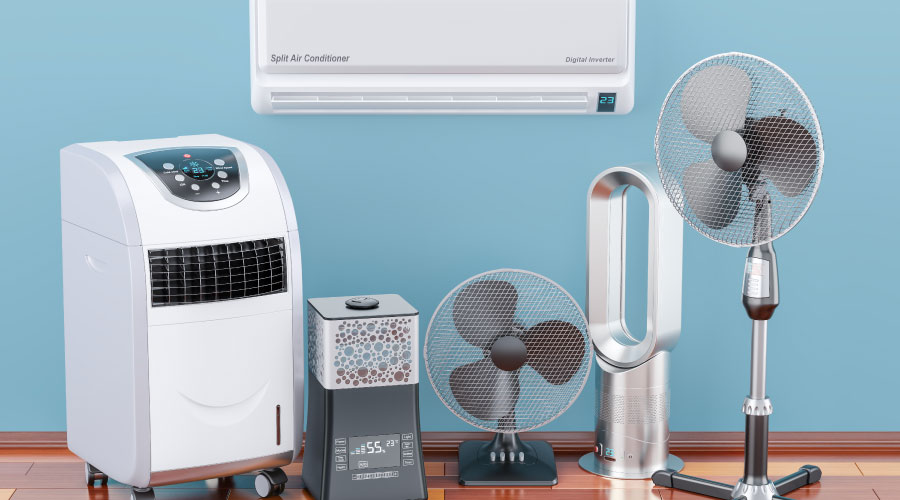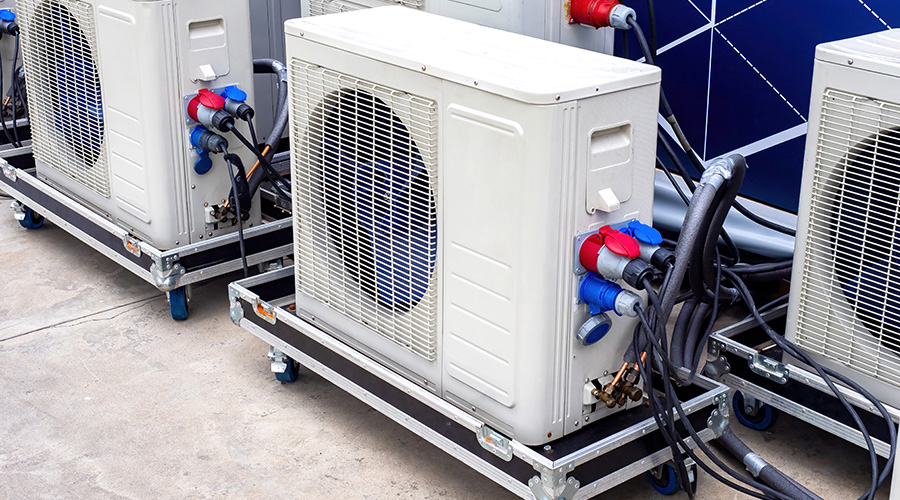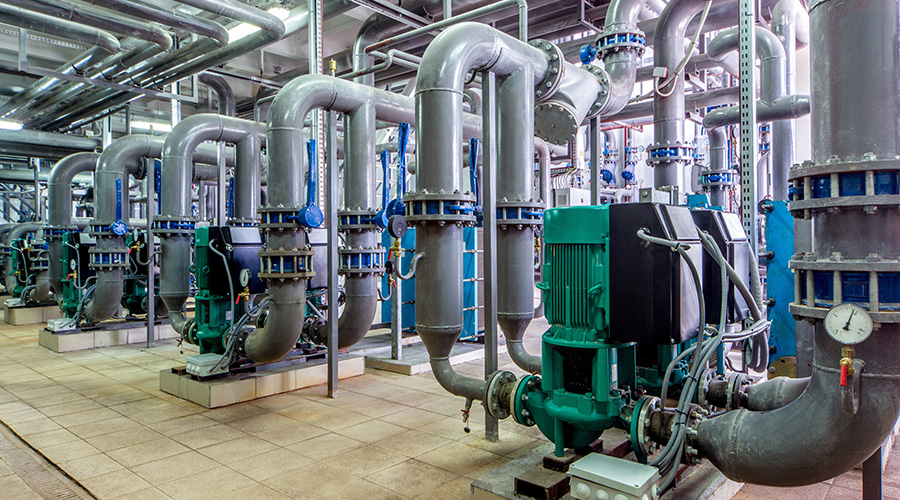DDC System Controls Sensitive Hospital Environment
Hospitals have energy requirements unlike any other commercial or institutional facility, due to indoor air quality (IAQ) demands and expanding equipment needs. So closely monitoring the different spaces and environments is important for efficient and streamlined operations. The hospital’s DDC system allows technicians to better evaluate temperatures and IAQ and more quickly troubleshoot problems and respond to occupant complaints.
Health care facilities have to deal with infectious diseases in emergency rooms and inpatient areas, requiring high ventilation rates to mitigate the spread of those diseases. Humidification demands a great deal of energy, especially if the hospital is bringing in outside air during the winter.
“Dehumidification is another large energy consumer for us,” Zanghi says. “We pump a lot of air into our operating suites by code, and the tolerances for temperatures in those areas are pretty narrow. Our surgeons require very tight control of the air. They like it cool in there, so we have to dehumidify that air and cool it all at the same time, which is a challenge.”
Instead of having to walk throughout the hospital to assess temperature and humidity levels, technicians use the DDC system.
“Everything was pneumatic prior to our conversion to DDC,” says Don Lewis, an HVAC technician with the hospital. “It became impossible to control things.”
Lewis worked with the DDC vendor during the installation, changing thermostats, pulling wires and working on room controls. The most time-consuming part of the process was changing out the pneumatic controls and removing a system that had been in place for 15-20 years, Lewis says.
“The biggest advantage to (the DDC) was picking up the local sensors — all those thermostats on the wall that you can read from a mouse click away,” he says. “You can see what’s going on without having to guess or run around with a thermometer. It all added up to a nice magnifying glass.”
Managers and technicians at Highland Hospital will continue to fine-tune systems and components with energy-efficiency in mind. But after years of specifying more efficient equipment and establishing effective maintenance practices, they now can make adjustments rather than wholesale changes.
Says Zanghi, “We certainly do feel good about our energy efficiency. When you’re at that level, there aren’t huge gains to be made. But tweaking at all times is important.”
Related Topics:















